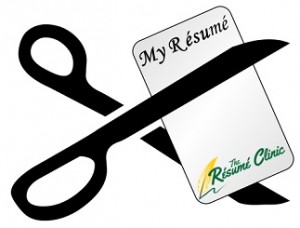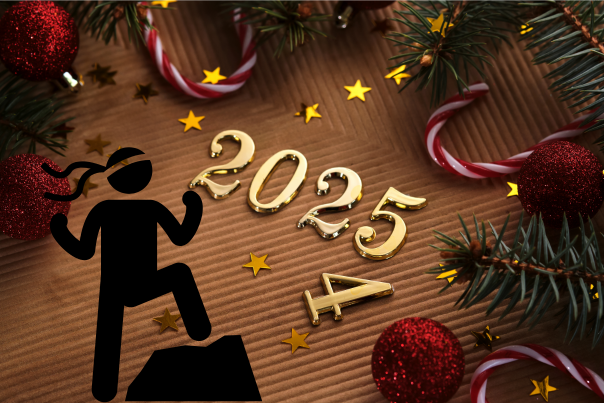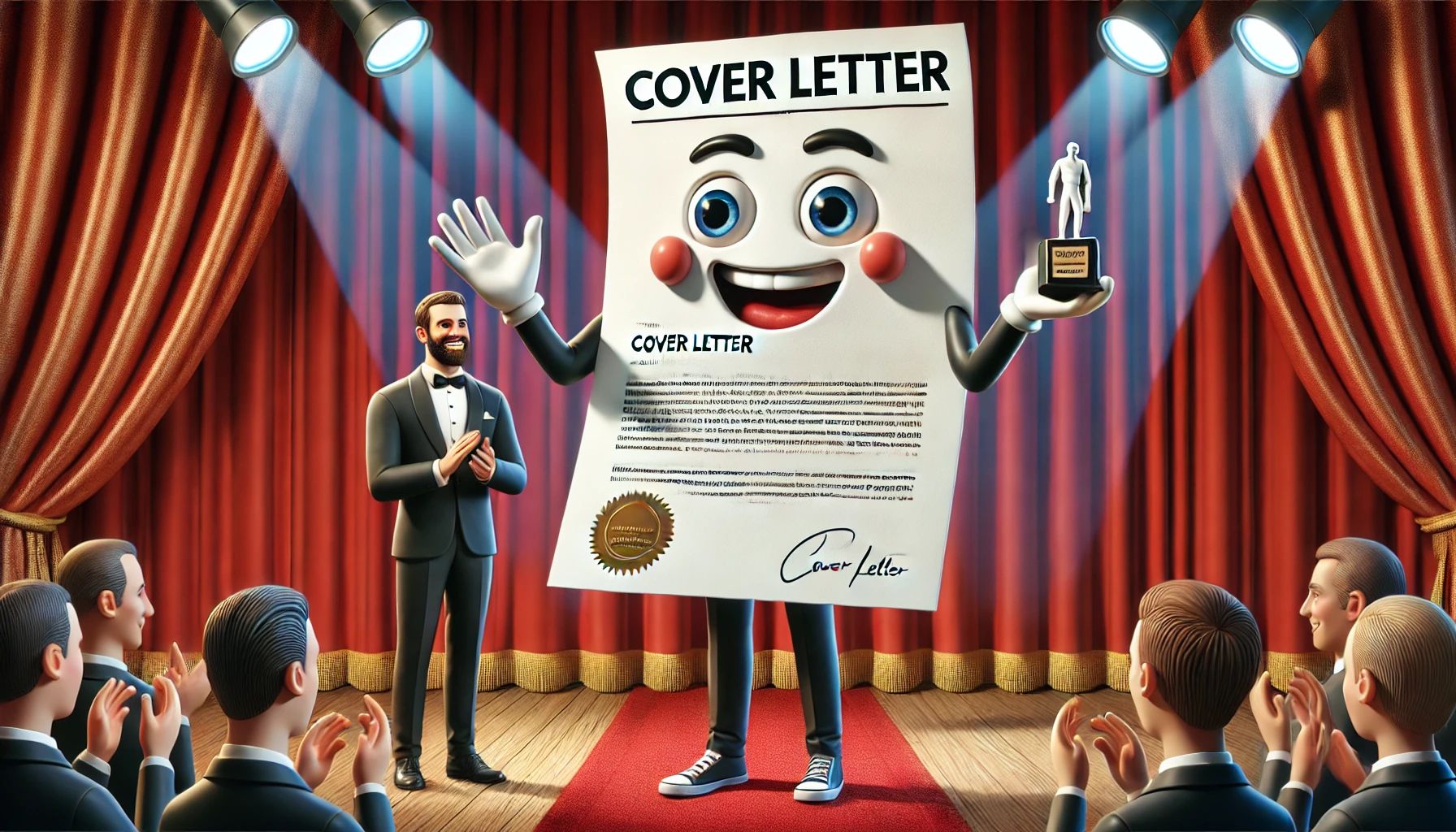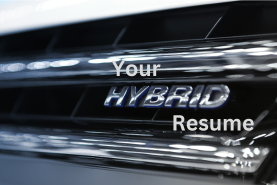
Have Your People Forget That They Know You
One of the Achilles heels of having a friend or colleague read your resume for is that they care about you. However, that hiring manager does not know, not care about you. This means they approach the document with a little less care and technical attention. Your resume is one of many that need to be assessed to solve a certain number of problems. Anyone helping you by agreeing to read your resume needs to get into this state of mind. The idea is to ensure that the resume in fact cuts through this indifference to deliver the impact intended. A “friendly eye” tries more to do you a favor with “attention to detail”, when in fact distraction and indifference is the best thing they can offer you in this situation.
Tell Them to Feign Visual Exhaustion (and a Tinge of Aggravation)
One must remember that a resume in action rarely exists in a vacuum. Depending upon the position, your resume can be competing with a couple hundred others for the attention of the reader. What if your resume is #188 out of 205? If your friend, colleague or family member is going to read your resume to assist, they should read a few other documents first to strain their eyes a bit. Perhaps a good exercise would be to look up a few other resumes on the Web pursuing similar positions before reviewing yours. Some will be good, but very likely, most will be bad. This should dull a few brain cells and get them properly aggravated before getting into yours. This way, if message successfully gets across in that tattered state of mind, you’re on to something.
They Should Give The Resume No More Than 15 Seconds to Impress for the Target
Now that the stage is set for your friend or colleague to read your resume, let them know they won’t have time to read the whole thing. Recruiters and hiring manager know pretty quickly whether or not you are getting to the next stage. A study conducted by the Ladders revealed that recruiters give resumes an average of only 6 seconds before giving a “yay” or “nay”. That’s right … 6 seconds. So 15 seconds is actually a little generous. But since your colleague is likely not as versed in what to look for, let’s allot a little more time. In those few seconds, your colleague should be able to sense how your resume matches the targeted goal. The document should be easy to navigate so that they can easily flow to the most important information. This should be instinctive and effortless.
A good resume is designed to deliver punch and effect quickly. So while tempting, you will want to stay away from the overly elaborate development that may look good to captive audiences, but serve little purpose to an overburdened, tired and distracted hiring manger. You are not trying to win a document beauty contest. You are trying to win an interview. “Runway” resumes are just like their fashion counterparts: great on the catwalk, useless outside the showroom. Leave the concept resumes to your competition. Build a streamlined resume and cover letter, and when your friends and colleagues offer to help with a review, ensure they are of that mindset when they read your resume.













